In the modern digital era, businesses have moved beyond guesswork when it comes to making marketing decisions. Instead, they turn to digital marketing analytics—a powerful approach that allows brands to measure, track, and analyze the performance of their online campaigns.
With data at their fingertips, companies can understand what works, what doesn’t, and how to optimize their strategies for maximum return on investment. Digital marketing analytics turns numbers, behavioral trends, and campaign performance into clear, strategic actions.
Whether you run a small business or a global enterprise, understanding analytics is no longer optional—it’s essential. It helps identify which marketing channels generate the most traffic, which ads drive conversions, and how customers engage with your brand across digital platforms.
The importance of digital marketing analytics has grown significantly as businesses move toward data-driven decision-making. Without it, organizations risk spending money blindly on ads and campaigns without truly knowing their effectiveness. With it, however, they can increase engagement, cut unnecessary costs, and boost revenue.
In this blog, we will explore what digital marketing analytics is, why it matters, the tools that make it possible, and strategies to make data work for you. This guide ensures that by the end, you’ll gain both clarity on the concept and hands-on strategies for applying analytics.
Table of Contents
What is Digital Marketing Analytics?
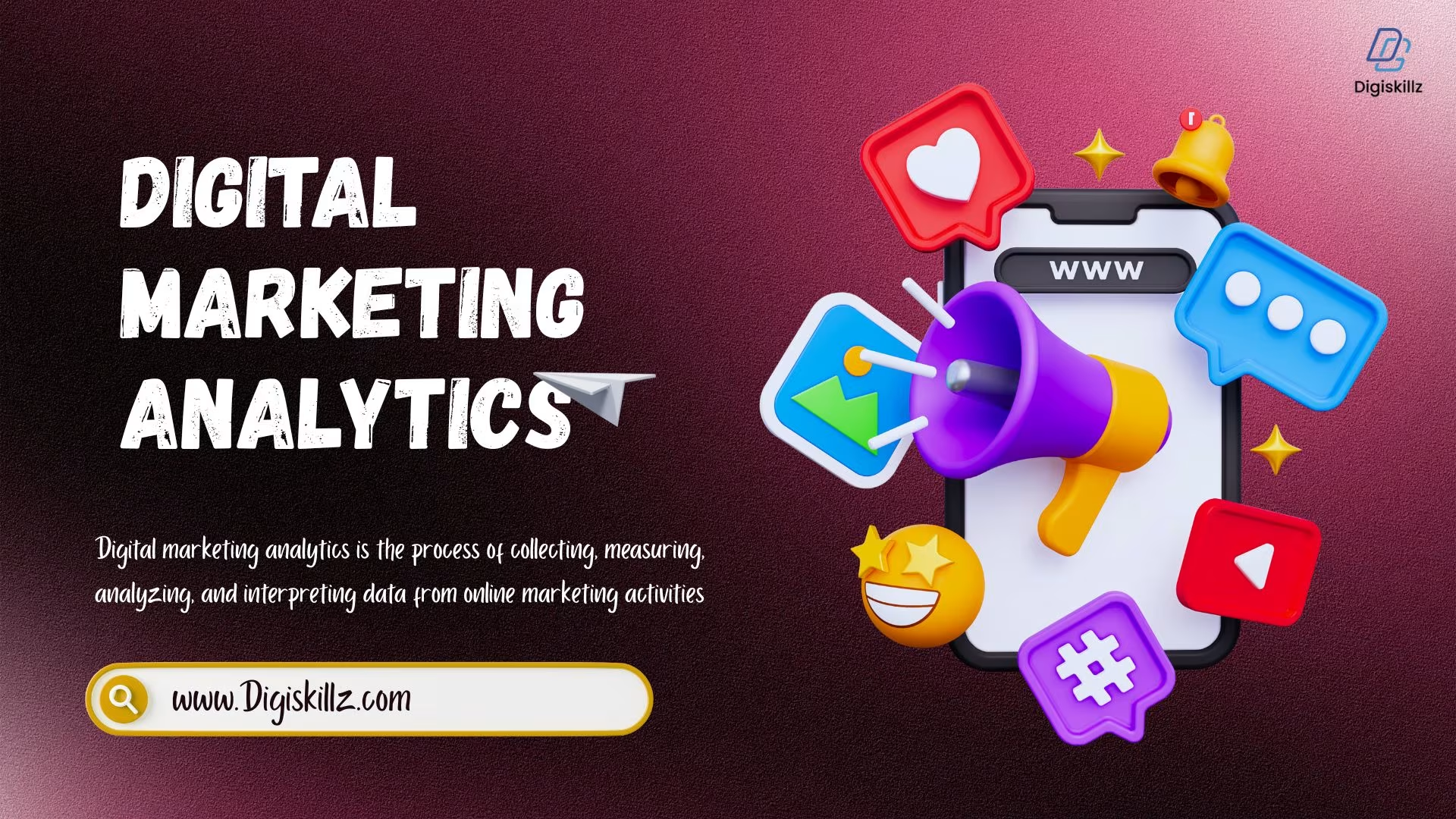
Through digital marketing analytics, businesses capture and study data to determine how effective their online strategies are. It is the science of turning numbers into meaningful insights that help businesses understand how their digital strategies are performing. Instead of relying on assumptions or gut feelings, companies can use analytics to know exactly what is working, what is not, and where improvements are needed.
At its core, digital marketing analytics focuses on key metrics such as website traffic, social media engagement, email campaign performance, conversion rates, and the overall customer journey. Each of these indicators uncovers a specific dimension of user behavior toward a brand online.
By looking at these data points together, marketers can gain a complete picture of their audience’s behavior. For example, website traffic analytics shows how many people are visiting a site, where they are coming from, and which pages they spend the most time on. Social media analytics highlights the types of content that generate the most likes, shares, and comments.
Email campaign analytics tells businesses how many recipients opened an email, clicked on a link, or ignored it altogether. Conversion analytics, perhaps the most critical, reveals whether users are taking the desired actions such as making a purchase, signing up for a newsletter, or filling out a contact form. Digital marketing analytics empowers businesses by mapping out the full journey of their customers.
From the moment someone first discovers a brand through a social media post or Google search to the point where they make a purchase, analytics tools can track each step. This information is valuable because it shows businesses where they are losing potential customers and how to optimize those touchpoints to increase conversions. Suppose a company runs an online campaign.
Analytics tools not only measure ad clicks but also provide insights into user actions afterward—like exploring different pages or adding products to a shopping cart. Or did they leave immediately without engaging? With these insights, marketers can refine their ads, landing pages, or offers to achieve better results.
In today’s competitive digital landscape, businesses cannot afford to ignore analytics. Without it, marketing becomes a guessing game, often leading to wasted time and money. With it, companies can allocate budgets more effectively, target the right audience, and maximize return on investment.
Why is Digital Marketing Analytics Important?
The true value of digital marketing analytics lies in its ability to bring clarity to marketing efforts. In today’s digital age, businesses have countless options to promote their products and services—social media, search engines, email marketing, online ads, and more. But without proper measurement, it becomes nearly impossible to know which strategies are delivering results and which ones are wasting resources.
This is where analytics steps in, giving businesses the data they need to make informed decisions. One of the key benefits of digital marketing analytics is that it allows companies to track the performance of every campaign in real time. Instead of waiting weeks or months to evaluate results, marketers can see instantly how many people are engaging with their ads, visiting their website, or responding to an email campaign.
This real-time insight enables quick adjustments, ensuring that campaigns remain effective and budgets are used wisely. Another major advantage is the ability to identify customer preferences and behaviors. Analytics tools reveal what customers are searching for, which products attract the most attention, and how they move through the buying journey.
By studying these insights, companies can sharpen their strategies to better satisfy customer demands. For example, if analytics show that most visitors leave a website on the checkout page, the company can work on simplifying the purchasing process to reduce drop-offs. Improving return on investment (ROI) is another critical reason why analytics is so important.
Marketing budgets are often limited, and no business wants to spend money on campaigns that don’t generate results. With digital marketing analytics, businesses can pinpoint which channels—whether it’s Facebook ads, Google search, or email campaigns—deliver the highest ROI. This allows them to focus resources on strategies that actually drive sales and cut spending on those that do not.
Key Components of Digital Marketing Analytics
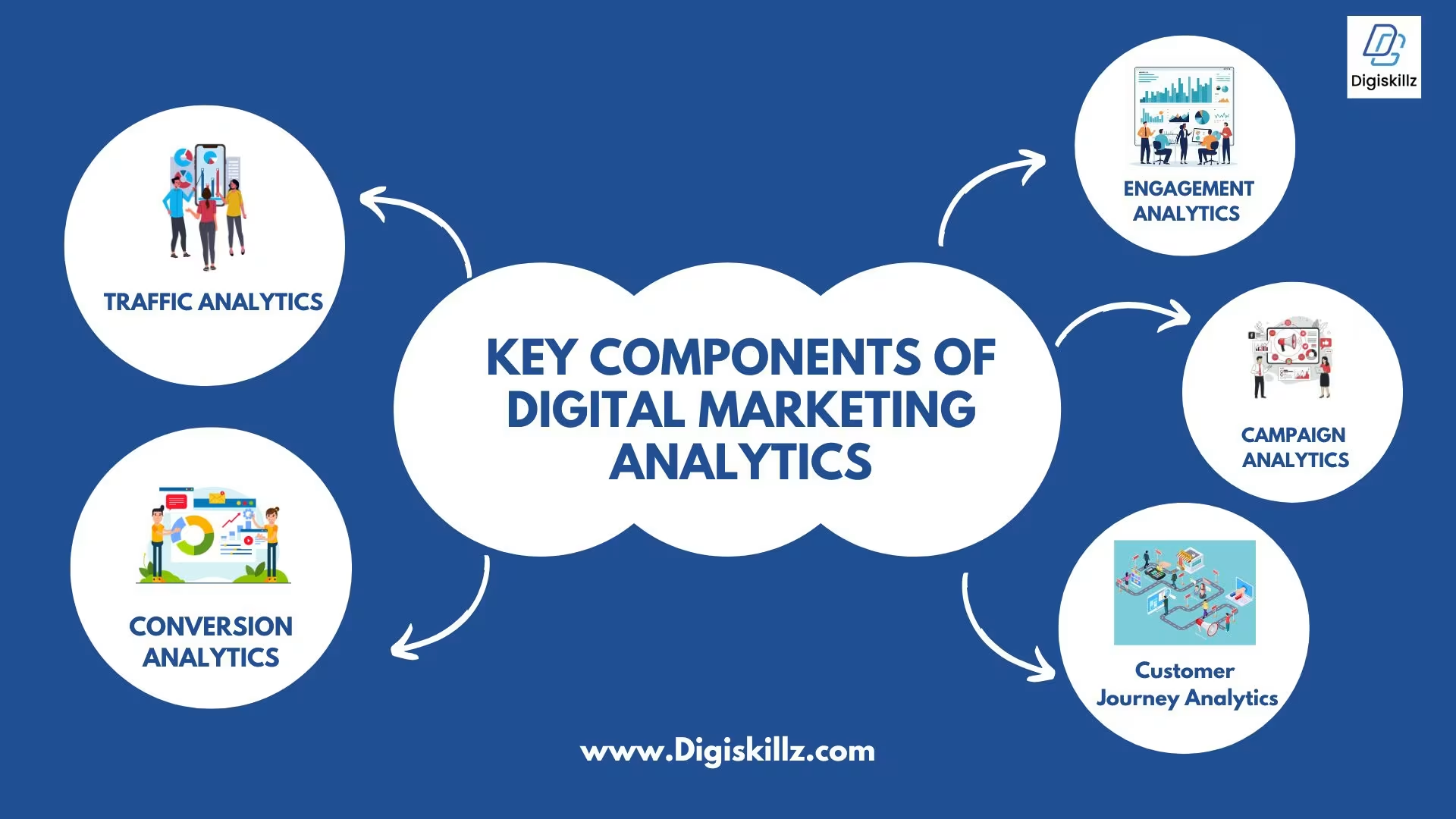
To fully benefit from digital marketing analytics, it’s important to understand its main components
- Traffic Analytics – Measures website visitors, page views, and sources.
- Conversion Analytics – Tracks leads, sales, or desired customer actions.
- Engagement Analytics – Monitors interactions like clicks, shares, comments, and likes.
- Customer Journey Analytics – Analyzes how customers move from awareness to purchase.
- Campaign Analytics – Analyzes ad effectiveness across various marketing platforms.
Each component helps marketers piece together the bigger picture of customer behavior and campaign success.
Tools for Digital Marketing Analytics
Several tools make digital marketing analytics possible. Some popular ones include:
- Google Analytics – A tool for analyzing traffic, understanding audience behavior, and measuring conversions.
- SEMrush & Ahrefs – Provide detailed analytics on SEO campaigns and keyword performance.
- HubSpot Analytics – Focused on evaluating inbound strategies and sales effectiveness.
- Facebook & Instagram Insights – For social media engagement metrics
- Tableau & Power BI – Help businesses visualize data and generate in-depth reports.
These tools provide valuable insights that help marketers make smarter business decisions.
Benefits of Digital Marketing Analytics
- Businesses that embrace digital marketing analytics experience numerous benefits:
Improved customer targeting - Better ROI on advertising
- Data-driven decision-making
- Increased personalization
- Real-time performance tracking
- Reduced marketing costs
For example, if an e-commerce store uses analytics, it can track which products are selling best, optimize promotions, and recommend items based on customer preferences.
Challenges in Digital Marketing Analytics
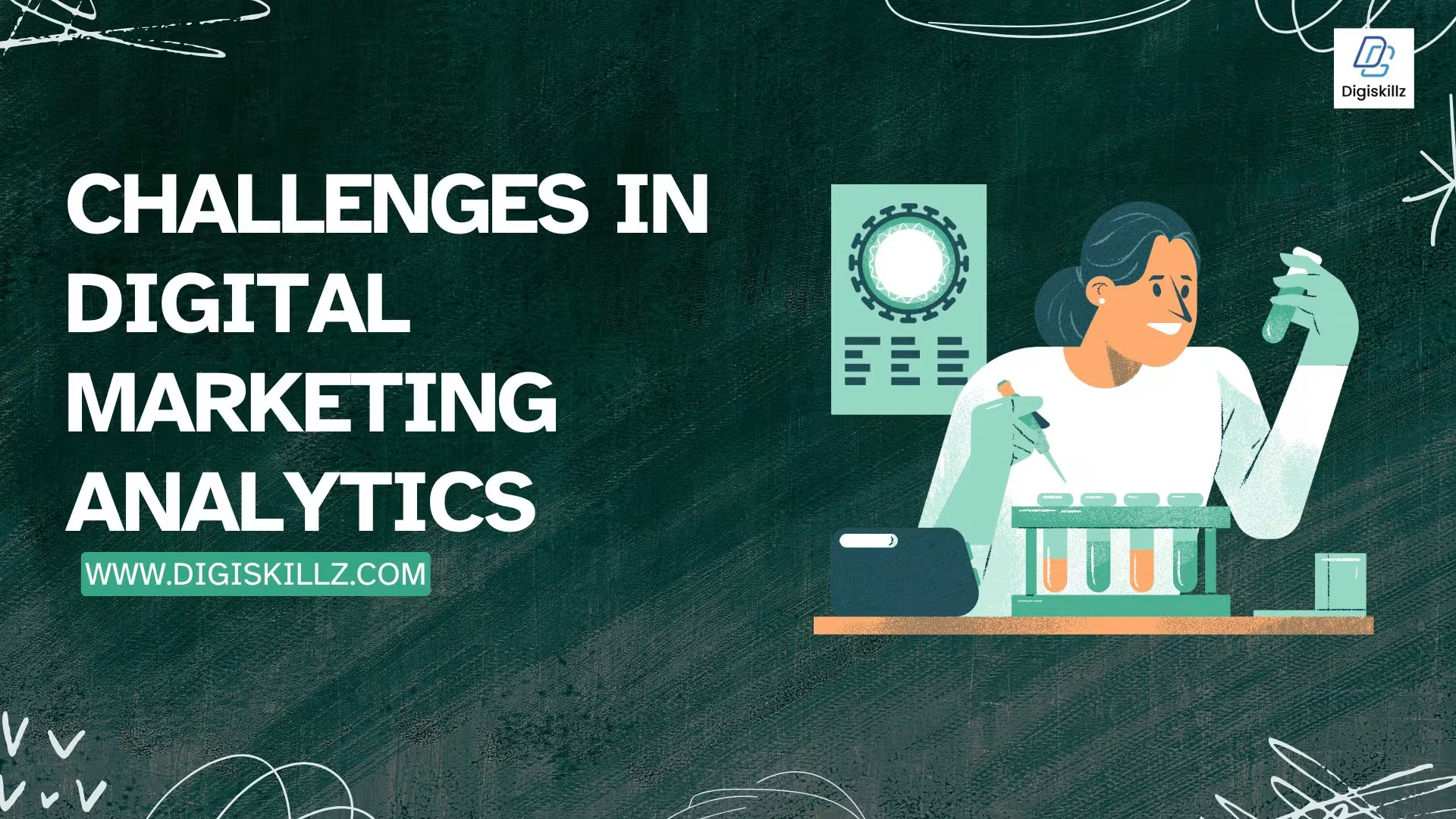
While digital marketing analytics is powerful, it also comes with challenges:
- Data overload from multiple sources
- Difficulty integrating analytics tools
- Privacy and data security concerns
- Lack of skilled professionals to analyze data
- Misinterpretation of data leading to wrong decisions
Overcoming these challenges requires proper training, the right tools, and a clear strategy for data management.
How to Implement Digital Marketing Analytics Effectively
To use digital marketing analytics successfully, businesses should follow these steps:
Set Clear Goals – Define what success means (e.g., more leads, higher sales, increased website visits).
Choose the Right Metrics – Focus on KPIs that matter most to your business.
Use Reliable Tools – Pick tools that match your needs and budget.
Integrate Data Sources – Connect website, social media, and email platforms.
Analyze and Take Action – Turn raw data into actionable insights.
Review and Adjust – Continuously monitor performance and refine strategies.
The Role of AI in Digital Marketing Analytics
Artificial Intelligence (AI) is playing a game-changing role in the world of digital marketing analytics. As businesses generate more data than ever before, AI has become the key to processing, analyzing, and interpreting this information at lightning speed. Traditional methods of analyzing data are often too slow and complex, especially when dealing with millions of customer interactions across websites, social media, and online ads. AI bridges this gap by offering smarter, faster, and more efficient solutions.
AI’s ability to anticipate customer behavior stands out as one of its most powerful applications in digital marketing analytics. AI-driven tools can study past user interactions—such as browsing history, previous purchases, and search patterns—and use this data to forecast future actions. For example, an e-commerce platform can use AI to predict which products a customer is likely to buy next, allowing the business to make personalized recommendations. This predictive capability not only increases sales but also enhances the customer experience by showing people exactly what they are looking for at the right time.
Another major benefit of AI is automating reporting. In traditional analytics, marketers often spend hours or even days compiling reports, analyzing spreadsheets, and trying to make sense of the numbers. With AI, this process becomes almost instant. AI-powered analytics platforms can generate detailed performance reports automatically, highlight key insights, and even suggest areas of improvement. This reduces the time spent analyzing raw data and increases the time available for strategy.
Future Trends in Digital Marketing Analytics
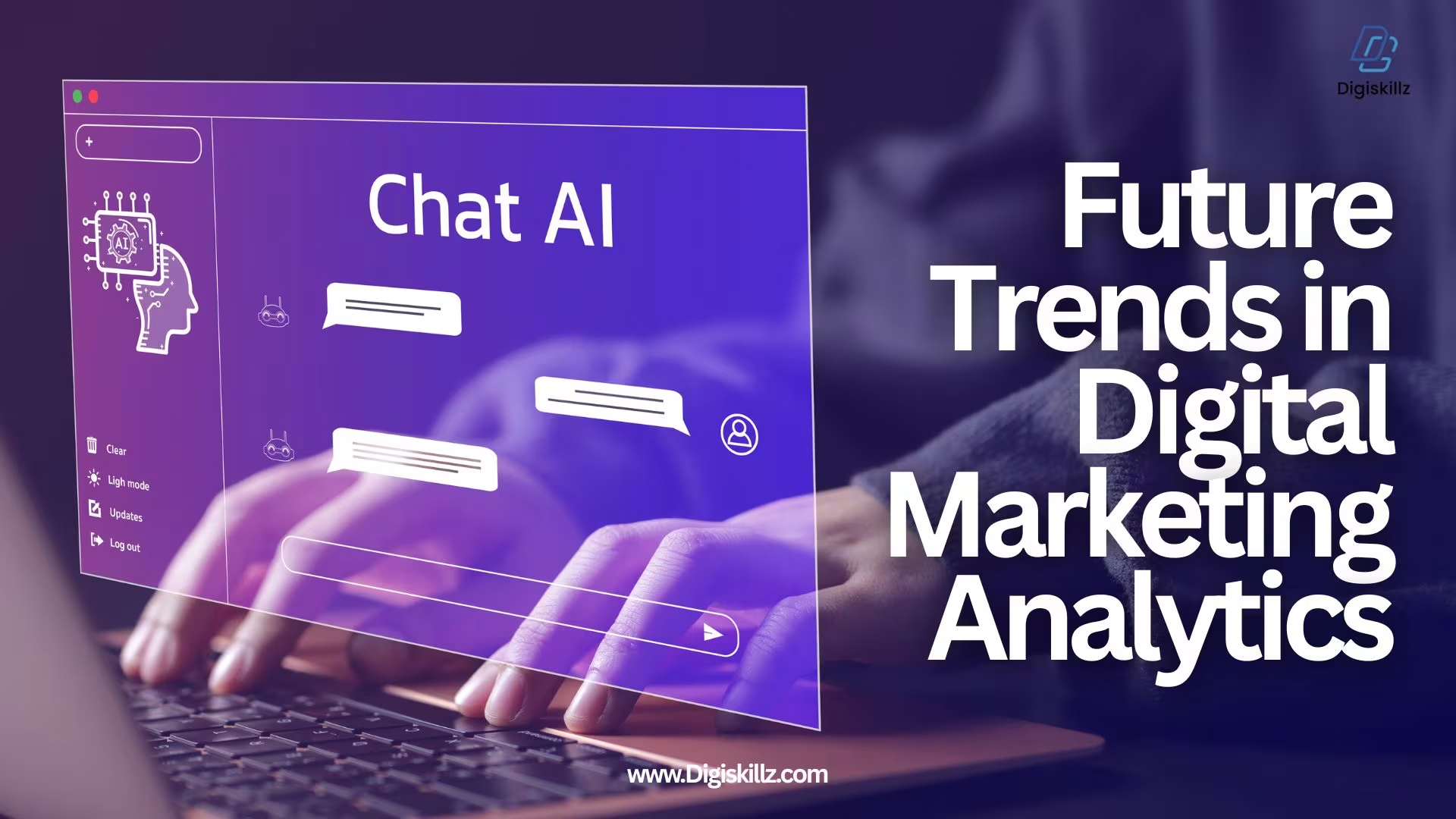
As technology evolves, digital marketing analytics will continue to grow. Key future trends include:
Predictive analytics for forecasting customer behavior
Real-time data visualization dashboards
Deeper integration with AI and machine learning
Enhanced personalization through advanced segmentation
Stronger focus on data privacy and security
Businesses that adapt to these trends will remain competitive in the digital landscape.
Examples of Digital Marketing Analytics in Action
E-commerce brands use analytics to track cart abandonment and send personalized email reminders.
Social media influencers analyze engagement rates to improve content strategies.
B2B companies measure lead generation campaigns to identify the most effective channels.
Streaming platforms like Netflix use analytics to recommend content based on user behavior.
These examples show how digital marketing analytics drives real-world business success.
Conclusion
Digital marketing analytics is a critical tool for organizations, regardless of size.Data collection and analysis enable companies to uncover customer behavior patterns, gauge campaign results, and make smarter business decisions. Analytics turns raw data into powerful insights that guide strategy, improve ROI, and foster long-term customer relationships.
While challenges such as data overload and privacy issues exist, the benefits far outweigh the difficulties. Businesses that embrace analytics gain a competitive edge, ensuring their marketing strategies are effective and cost-efficient.
As digital trends continue to evolve, investing in digital marketing analytics will be the key to unlocking sustainable business growth. Whether you’re just starting or already running large-scale campaigns, using analytics will help you make every marketing dollar count.
AUTHOR: AJEER


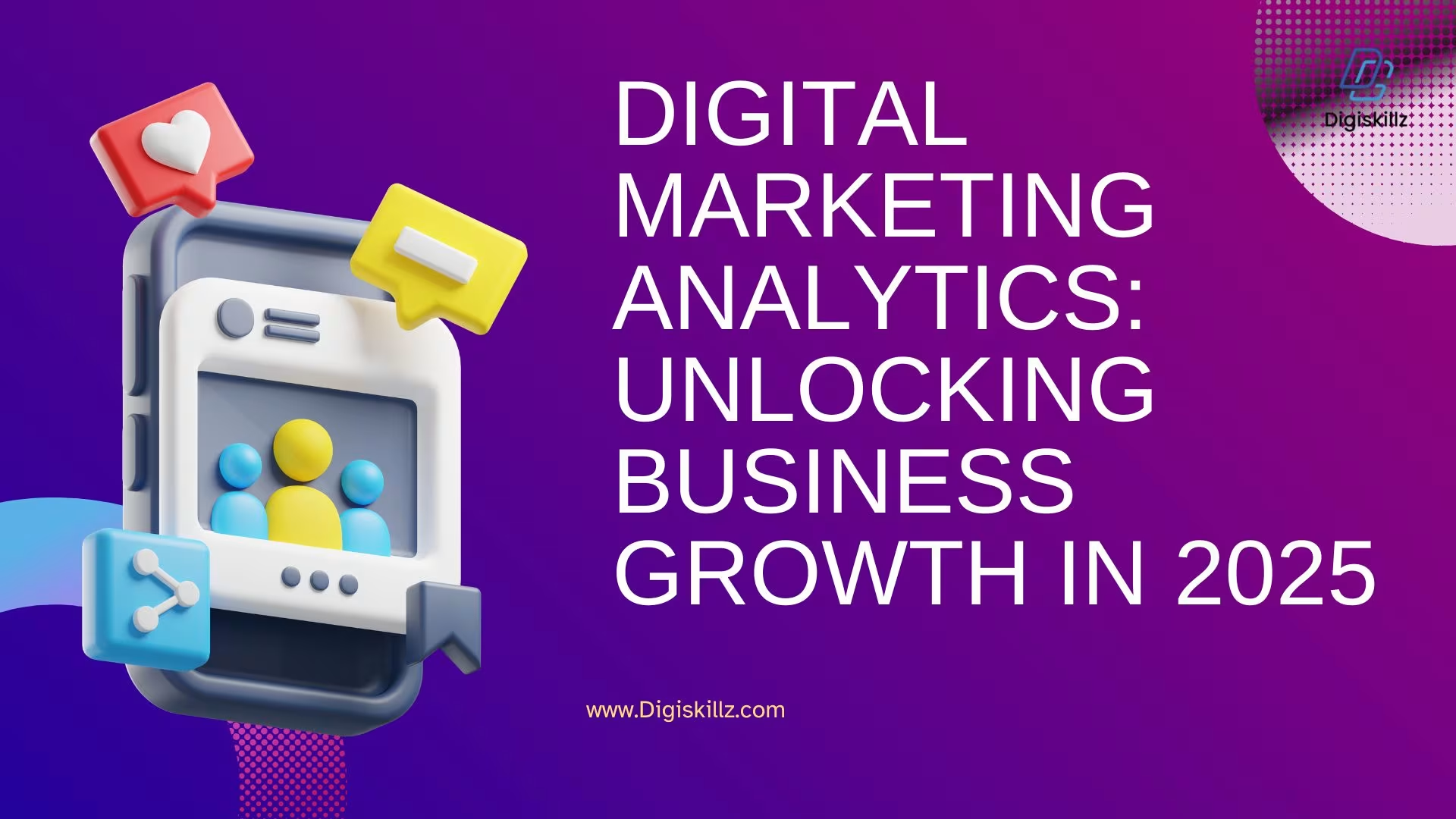
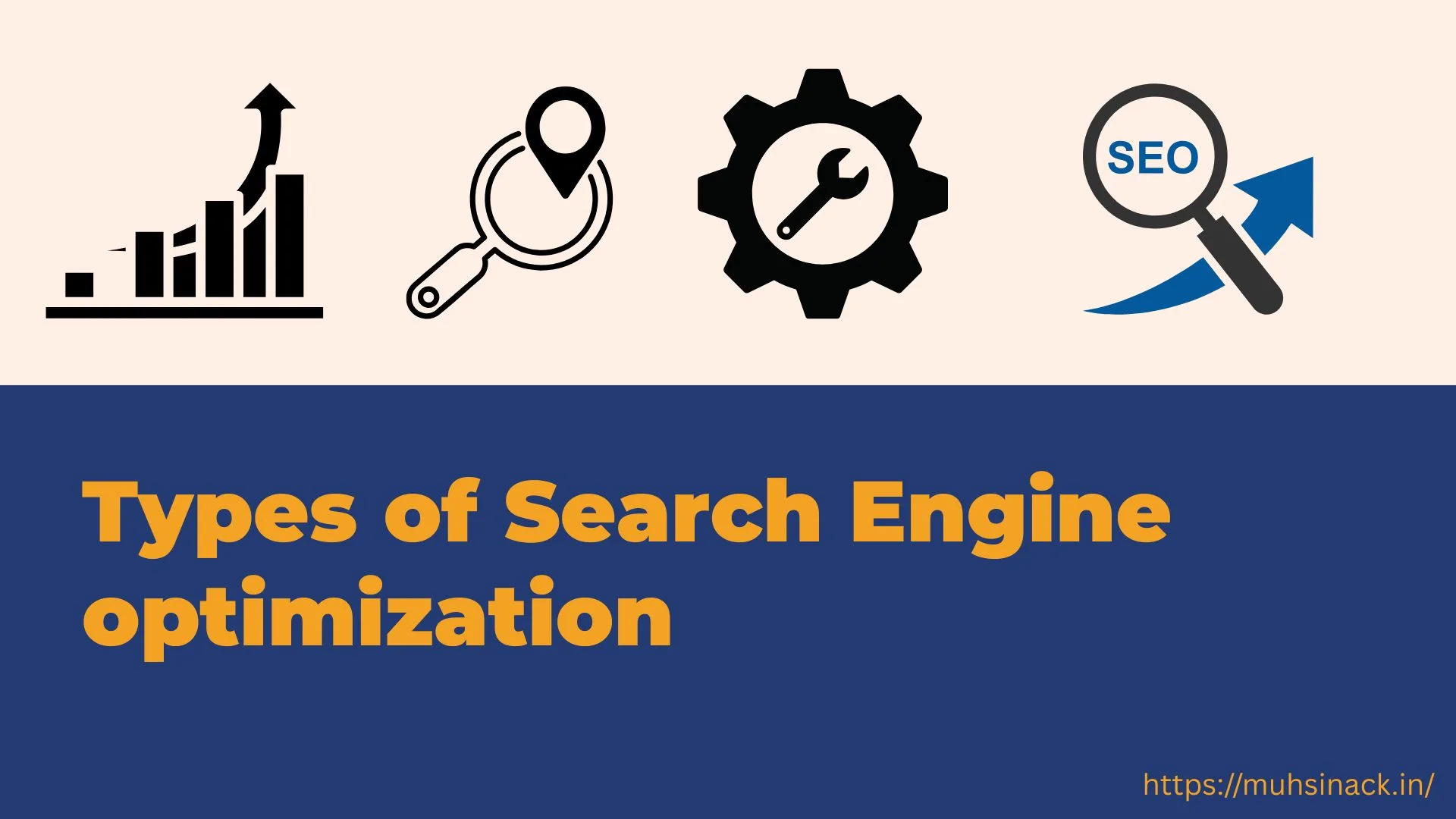
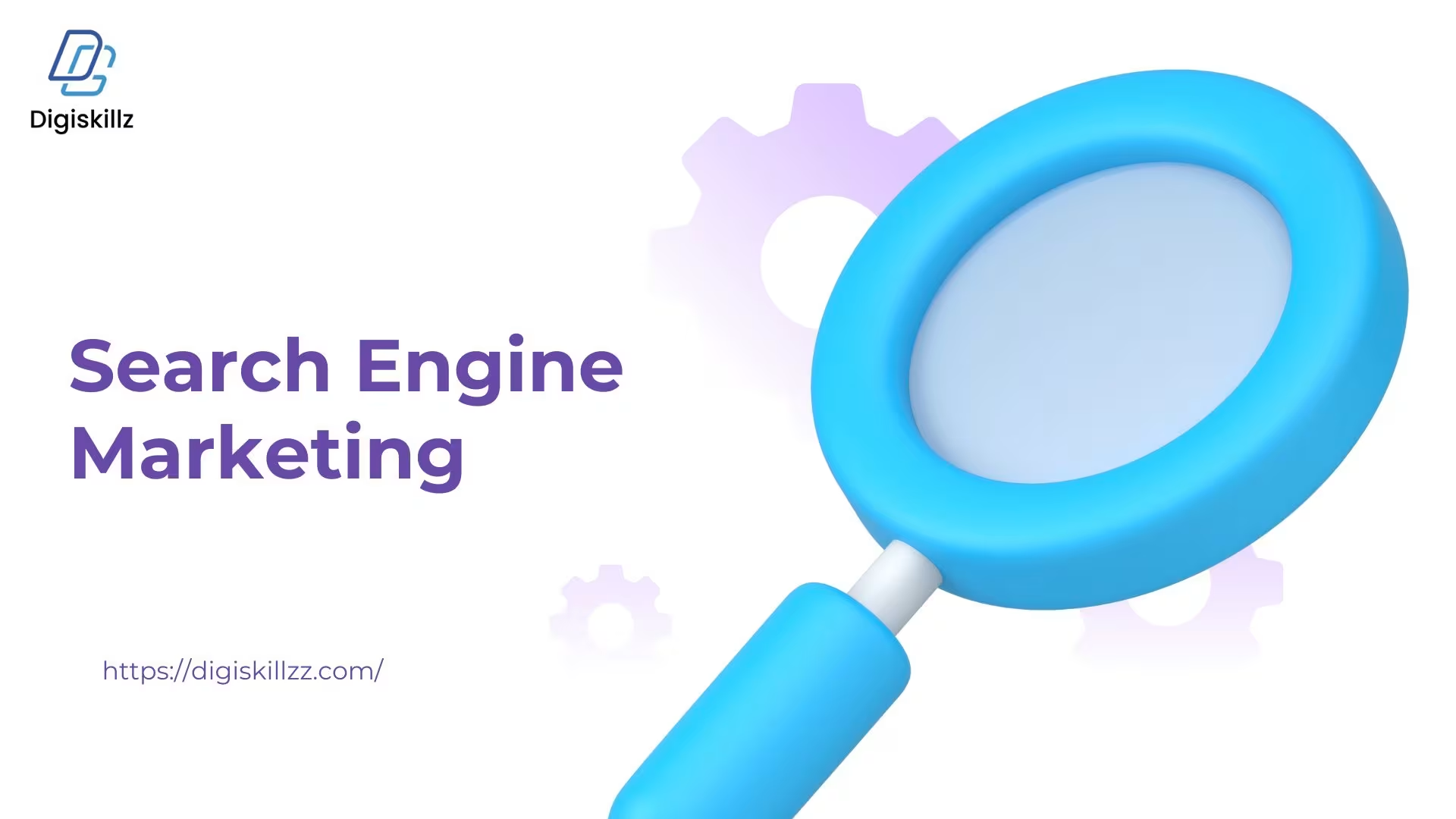
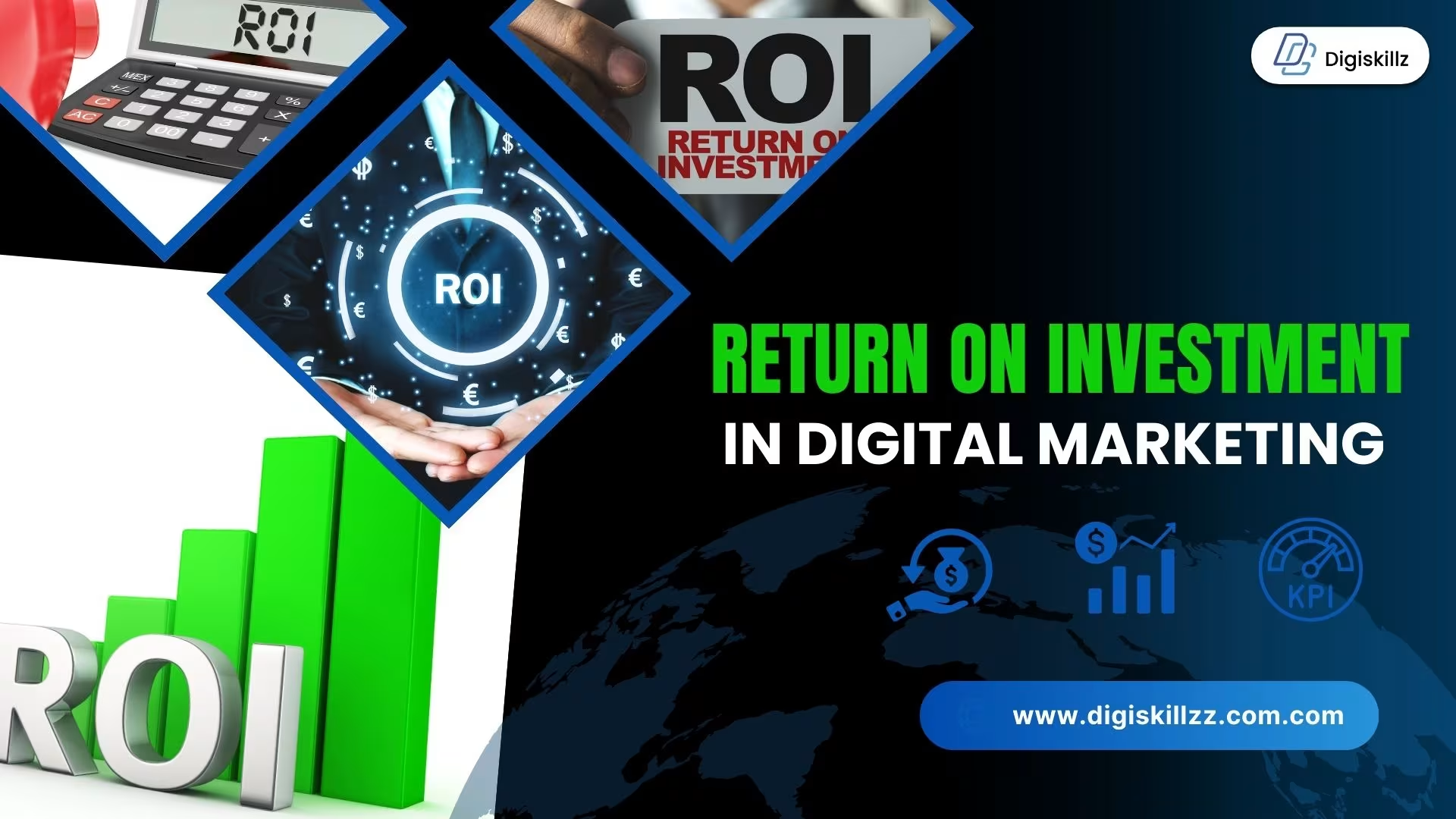
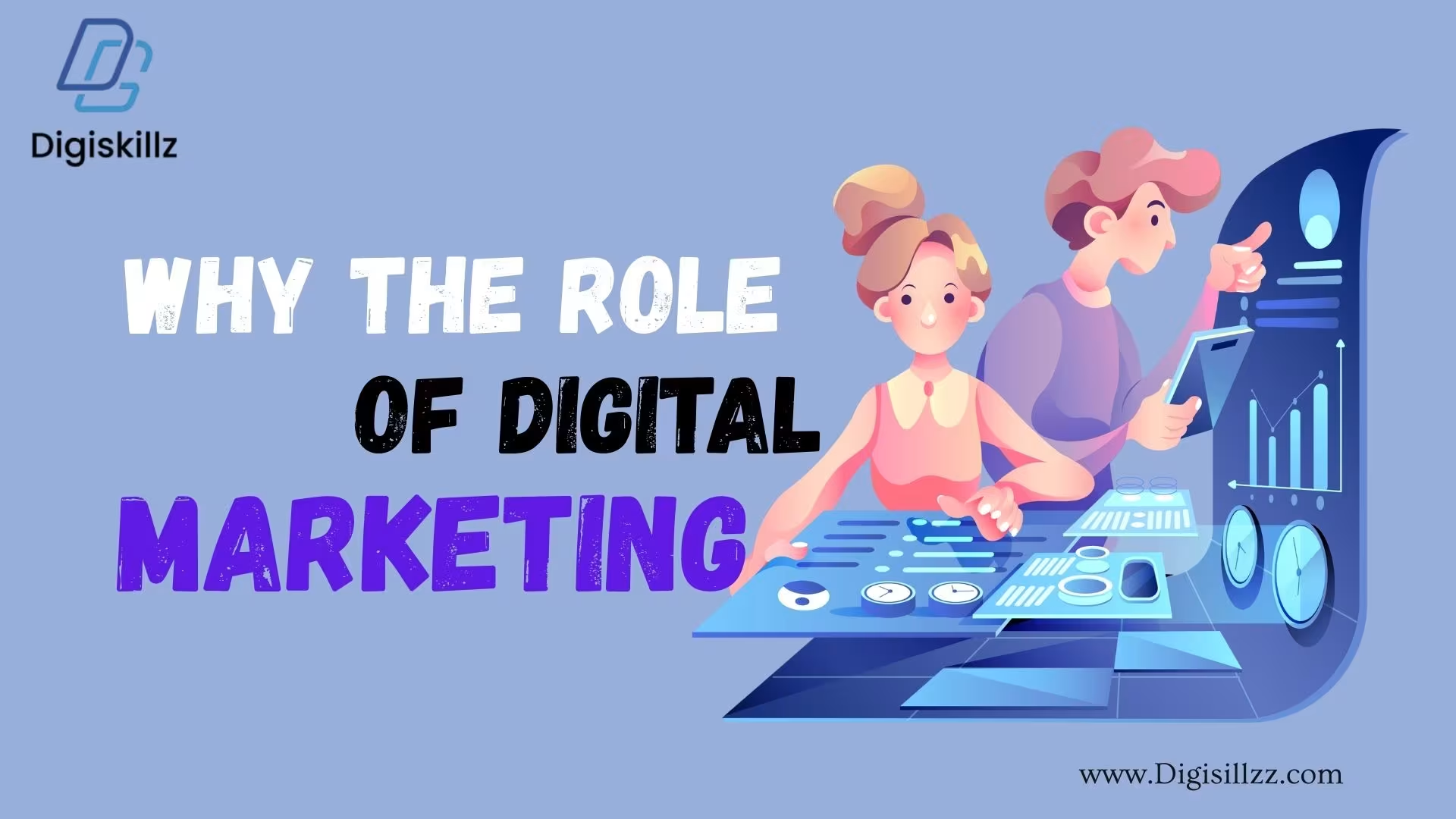
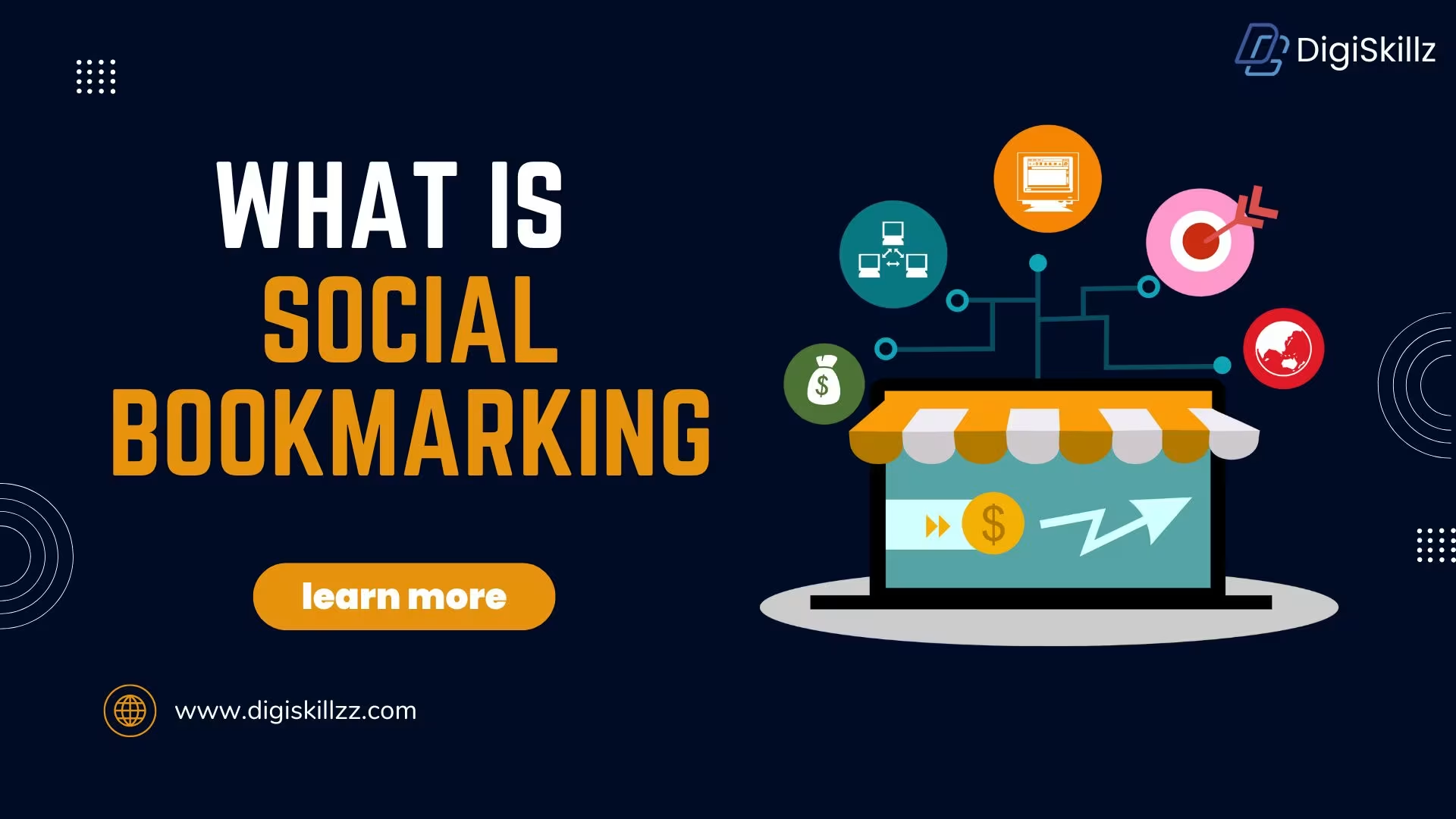



Leave A Comment